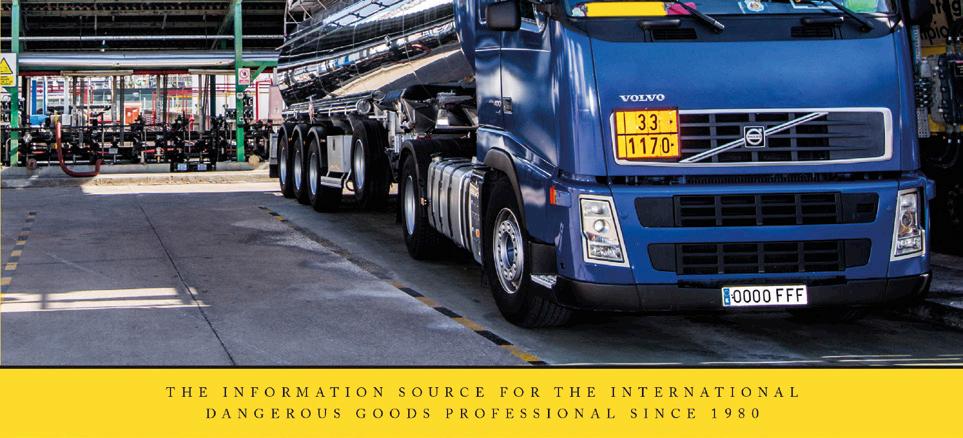
3 minute read
Standic prepares Antwerp terminal
COMING SOON
CONSTRUCTION • STANDIC’S NEW TERMINAL IN ANTWERP IS BEGINNING TO TAKE SHAPE, WITH COMMERCIAL STARTUP NOW LESS THAN A YEAR AWAY
This past February, Standic celebrated the fi rst groundbreaking on its new chemical storage terminal in the port of Antwerp with a small ceremony. The company, part of the familyowned Hametha group, screwed the fi rst of 4,300 poles into the ground, marking the beginning of construction of the 79-tank facility, due to enter into service early in 2021.
The new terminal is being built on the fi fth Havendok on the right bank of the River Scheldt. Completion of the new facility will double Standic’s storage capacity in the Amsterdam-Rotterdam-Antwerp (ARA) area, adding to its existing terminal in Dordrecht.
The Antwerp site will be built in three phases, with the fi rst due to offer 93,000 m³ of tankage by the end of fi rst quarter 2021; once complete, the terminal will comprise some 230,000 m³ of tank capacity.
The state-of-the-art facility will be fully automated, with built-in sustainability features such as onshore power via the Port of Antwerp for ships moored at the terminal, using residual heat for the hot water infrastructure and solar power for all electrical power in the offi ce building. Standic will also offer extensive opening hours for tank trucks, thus contributing to limiting peak emissions of particulates during daytime.
“The Port of Antwerp is known as one of the largest maritime chemical clusters in the world, which is why we chose it for our expansion,” says Hametha’s managing director Ronald Ooms. “We aim to build on our success with the chemical storage and further expand it. In Antwerp we will be able to further develop in the niche market of more specialised chemicals and serve our customers from all over the world.”
“The new Standic terminal will further boost the synergy between the various industrial companies in the port, thus helping to make logistic operations and processes even more cost-effi cient,” adds William Demoor, customer relations manager at the Port of Antwerp. “Furthermore, the location is ideal for multimodal access, a key factor for sustainable distribution of chemicals.”
IT’S THE FAMILY WAY The new terminal has been designed in light of the Port of Antwerp’s business plan, one of the key elements of which is the need to ensure that future development meets sustainability goals. Large chemical tankers will be able to reach the terminal easily thanks to the favourable depth in the port. In addition to its accessibility by water – both by sea and by inland waterway – the location is also very favourable for rail transport, all of which has a favourable impact on the target of moving freight off the roads.
It also fi ts neatly alongside the Dordrecht terminal, which has 230,500 m³ of storage capacity shared between 163 tanks of a wide variety of size and type, within the Rotterdam area. The terminal is designed to facilitate the storage of fl ammable and non-fl ammable chemical products, biofuels and raw materials for lubricants, in large and small quantities, in stainless steel and mild steel storage tanks.
Standic is investing around €200m in the new Antwerp terminal. Like the Dordrecht facility, it will concentrate on niche chemical markets and the distribution of chemical products, with storage tanks ranging in size from 500 m³ to 3,500 m³. www.standic.com
STANDIC’S VISION FOR ITS NEW ANTWERP TERMINAL
SUBSCRIBE TODAY
• HCB Monthly delivered directly to your door • The Digital E-zine accessible on all devices • A round up of all the latest developments & news in our weekly newscast • Instant access to an immersive, interactive experience, from insightful news articles to video highlights on HCBlive.com



















